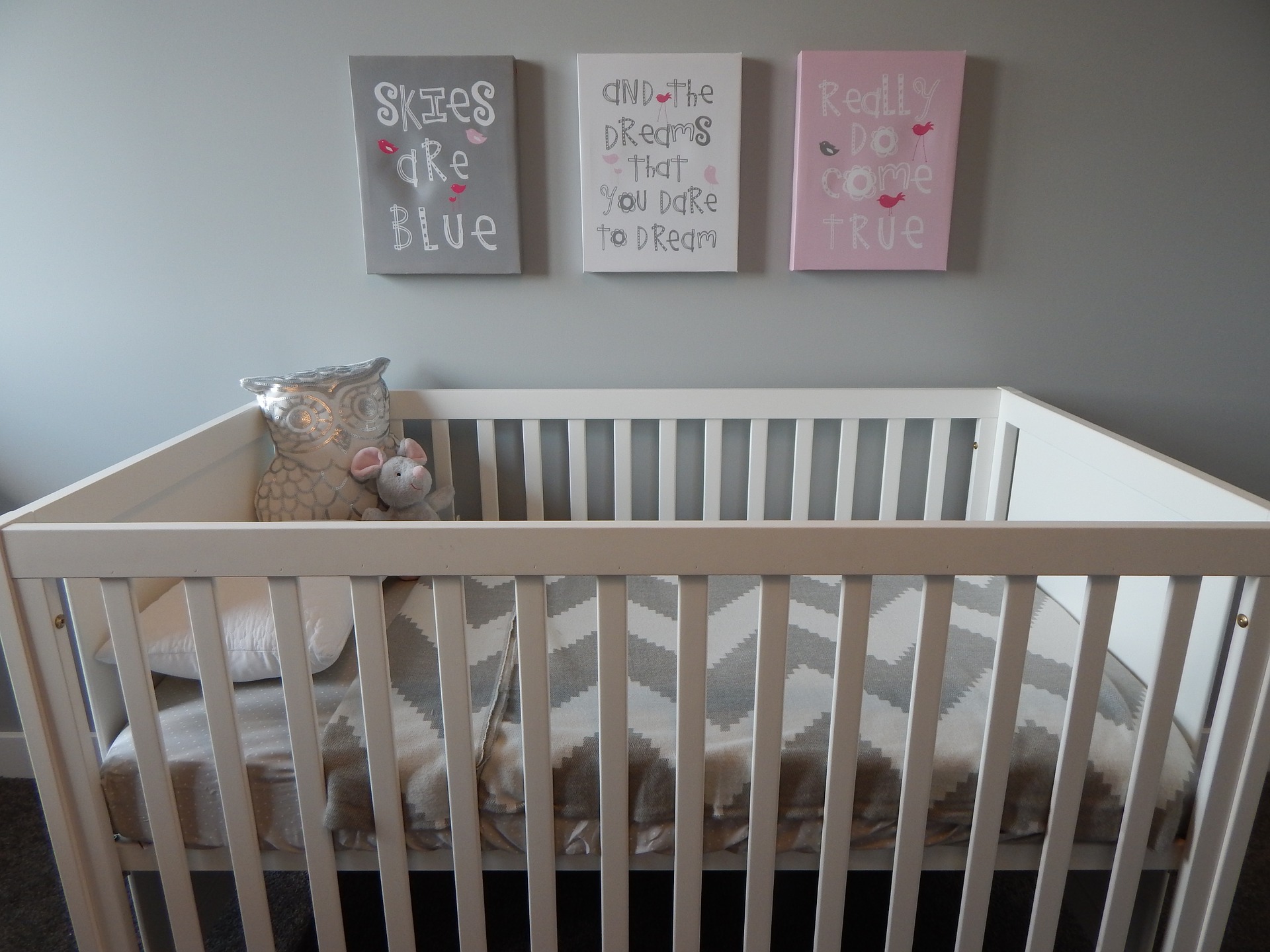To help you choose the best cot mattress for your child, listed below are some attributes and characteristics that are important to keep your child safe: firmness, materials, durability, breathability etc. If you would like to go straight to product reviews, click here.
Attributes to choose the best cot mattress of your baby
Mattress Firmness
This is one of the most important characteristics you should look for in a mattress for your child. The CDC recommends babies sleep on a firm mattresses in order to prevent the risk of SIDS. The softness of a mattress, pillow or some other toy can represent a suffocation hazard for infants while they sleep. In fact, paediatricians don’t recommend introducing toddler pillow before children turn 2 years old.
Materials
Foam, innerspring and organic are the most common materials for baby mattresses:
1. Foam Crib Mattress
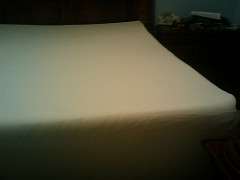 Foam mattresses are made of a material called polyurethane. Foam is generally the most affordable option vs. innerspring or organic mattresses. These mattresses are a great option if you are looking for something light. The thickness of the mattress may vary from brand to brand and will affect its weight. The thickest foam mattress may be approx. 7 inches (18 cm) and weight 8 pounds (3.6 kg).
Foam mattresses are made of a material called polyurethane. Foam is generally the most affordable option vs. innerspring or organic mattresses. These mattresses are a great option if you are looking for something light. The thickness of the mattress may vary from brand to brand and will affect its weight. The thickest foam mattress may be approx. 7 inches (18 cm) and weight 8 pounds (3.6 kg).
2. Innerspring crib mattress
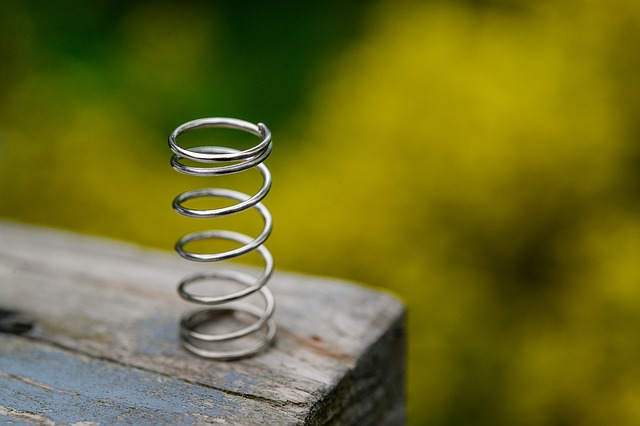 Consists of a set of coils covered with foam, padding and other fabric material. These mattresses are more durable than foam ones, but also more expensive. If you decide to go for this option, try to find a mattress with approx. 135 -150 coils and gauge of up to 15.5 (thickness of coils). Innerspring mattresses are heavier than foam ones, with an average weight of approx. 15 to 20 pounds (6 to 9 kg).
Consists of a set of coils covered with foam, padding and other fabric material. These mattresses are more durable than foam ones, but also more expensive. If you decide to go for this option, try to find a mattress with approx. 135 -150 coils and gauge of up to 15.5 (thickness of coils). Innerspring mattresses are heavier than foam ones, with an average weight of approx. 15 to 20 pounds (6 to 9 kg).
3. Organic Baby Mattress
These mattresses are made of all natural organic materials such as cotton, fibres, wool, natural latex, etc. They usually include a cotton cover and all materials are 100% chemical free. Organic mattresses are generally the most expensive vs. innerspring and foam mattresses. However, some parents prefer these for peace of mind.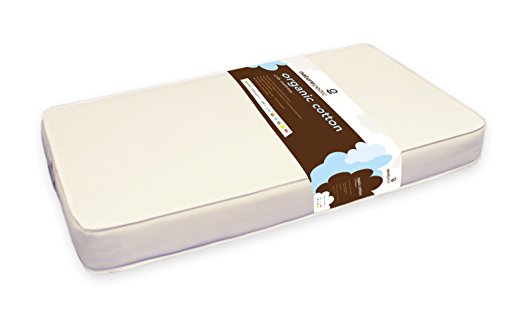
Quality and Durability
These 2 attributes go hand in hand. The better quality of mattress you choose, the more durable it is likely to be. Before purchasing a mattress, try to think for how long your child is going to need it. If you own a crib that is convertible to a toddler bed, it may be better to invest a little bit extra in a good quality and durable mattress.
Breathable Crib Mattress
Have you heard of a breathable mattress before? Breath-ability allows air to circulate in and out of the mattress, keeping it fresh.
When we sleep we perspire, and moisture goes into our bedding and mattress. Without proper ventilation, moisture would be trapped in the mattress, affecting its durability. If you are interested in getting a breathable cot mattress, look for a few little windows at the side of the mattress. These windows allow air flow in and out of the mattress.
Mattress Size
Consider the size of the mattress before you make a purchase. Your chosen mattress should fit cot perfectly, with no gaps between mattress and cot to prevent baby for becoming trapped in between.
Mattress Weight
Foam mattresses weights approx. 8 pounds, and innerspring approx. 20 pounds. Even though your baby mattresses will stay in the cot most of the time, consider you will be lifting it regularly to change your baby’s sheets.
Maintenance
A great way to extend the life of your mattress is to use a mattress cover at all times. Babies are highly unpredictable, so you may want to have a few spare covers just in case there are any “accidents”. If you choose to buy an organic mattress, which is normally more expensive than foam or innerspring, you won’t regret investing on a mattress cover.
In case of stains, mattresses should be spot-cleaned. However, you should refer to each manufacturer’s instructions to proper care for your mattress.
Safety Sleeping environment
The cause for SIDS is not yet known, so it cannot be prevented. However, there are certain guidelines that help reduce risk: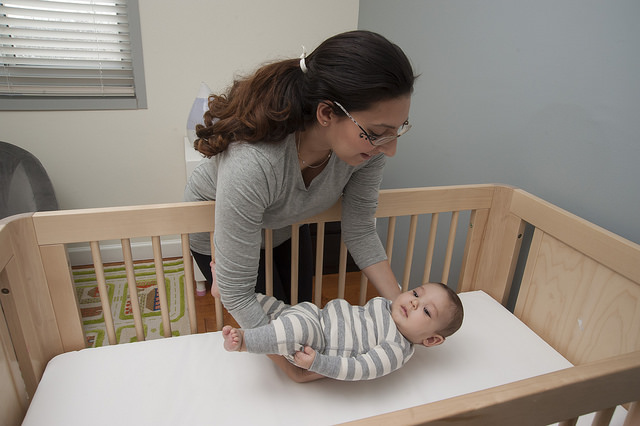
- Always place baby on his/ her back to sleep
- Use a firm mattress
- Share the room with your baby (not bed)
- Keep soft objects away from sleep area
- Do not smoke or allow smoke around your baby
Crib mattresses sold in the USA must meet safety standards defined by the US consumer product Safety commission.
Check out this video that shows the safest way to put your baby down to sleep: Learn how to put your baby to sleep safely
Watch Outs
 Second hand mattress represent a risk for bacterial growth and SIDS. In addition, air mattresses are not recommended for babies, as they are too soft. Lastly, memory foam mattresses that don’t regain their shape quickly are also not recommended for infants. If you are interested in finding a good memory foam mattress for your child, make sure you purchase one specially made for babies or young kids.
Second hand mattress represent a risk for bacterial growth and SIDS. In addition, air mattresses are not recommended for babies, as they are too soft. Lastly, memory foam mattresses that don’t regain their shape quickly are also not recommended for infants. If you are interested in finding a good memory foam mattress for your child, make sure you purchase one specially made for babies or young kids.
Conclusion
Whatever mattress material you decide to buy for your baby, make sure it is firm as top priority, to ensure safety. Foam is cheaper than innerspring or organic material, but is not as durable. Before making your decision, make sure the mattress fits perfectly in the cot. Remember there should not be any gaps between the mattress and the edge of the cot . Finally protect your mattress with a mattress topper or cover to extend its durability, just in case!
Are you ready to buy your baby’s mattress? Click here to go to our article on best crib mattresses.

